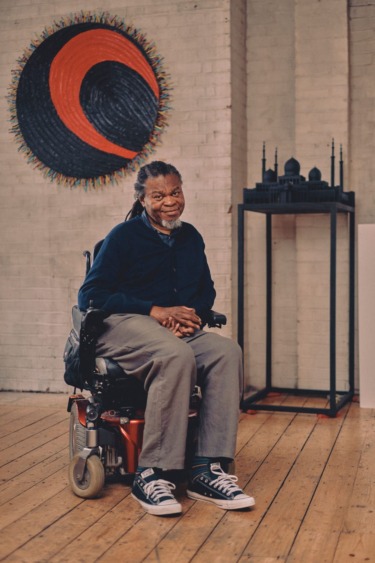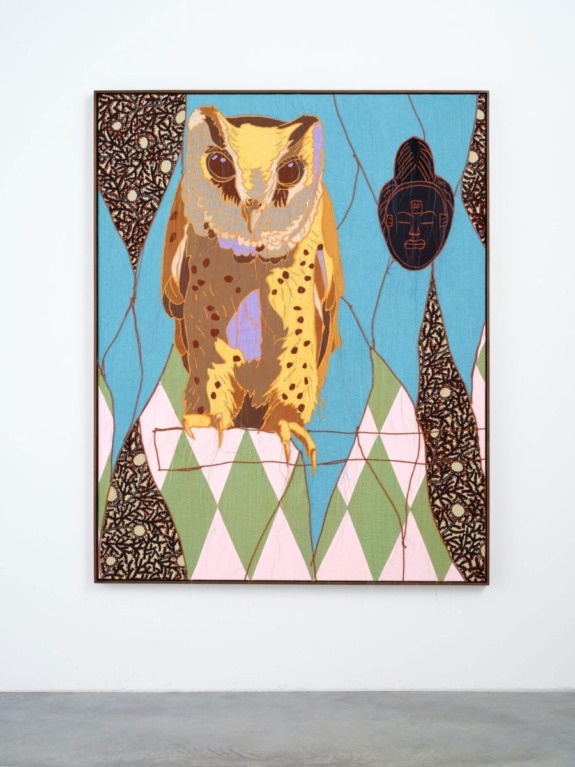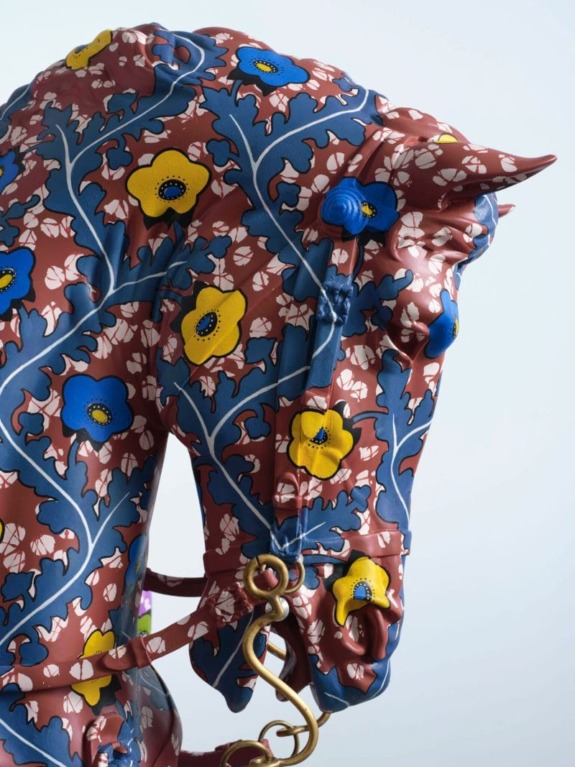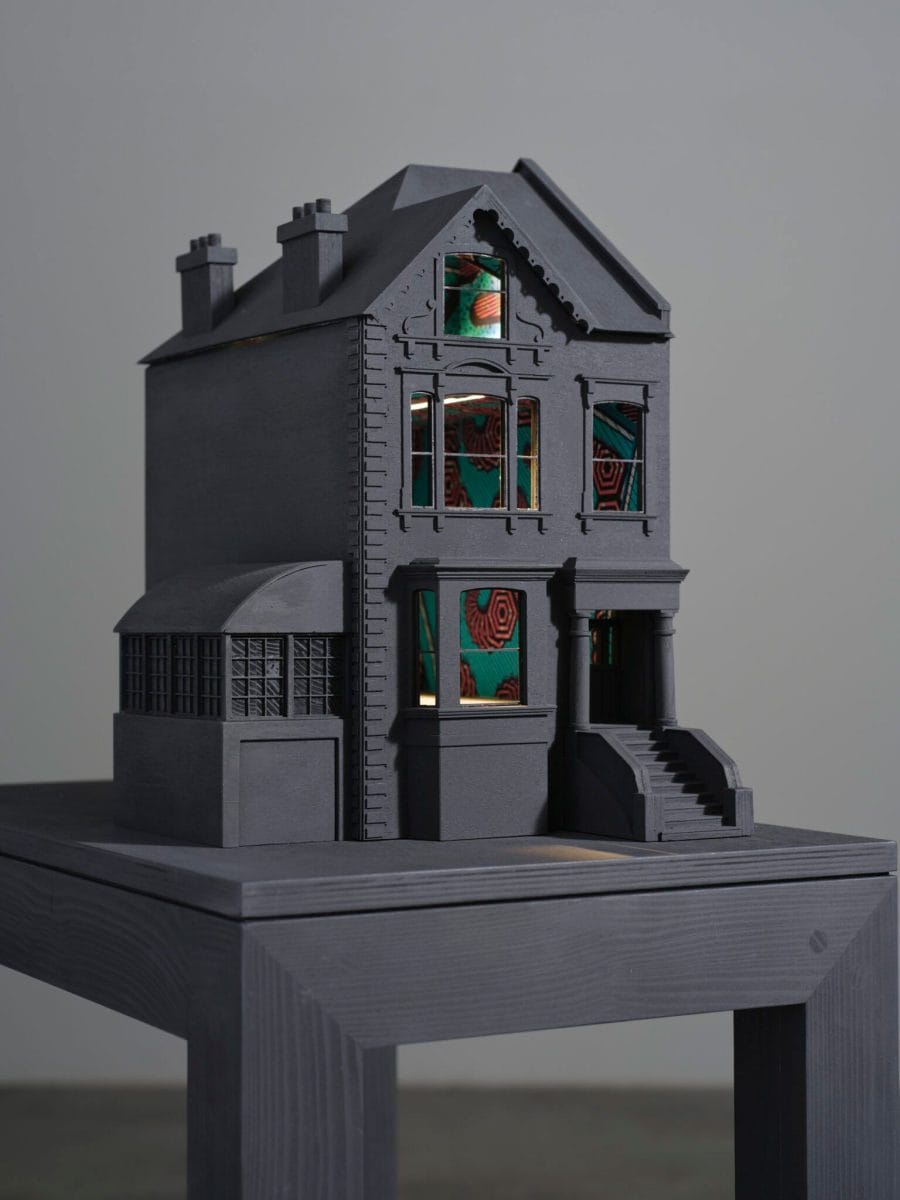Yinka Shonibare Explores Colonization, Environmental Themes in Bold Exhibition
The British-Nigerian artist hopes his work will invite the public to critically reflect on the past and it's legacy

The British-Nigerian artist Yinka Shonibare is having his first solo exhibition in a London public institution in more than 20 years at Serpentine South. On display through September 1, it features installations, quilts, woodcuts and sculptures, exploring themes of the environment and colonization, among others.
Here, he explains to Galerie the meaning behind some of the key works on view.

Who are the figures in Decolonised Structures and what do they represent?
“Decolonised Structures are based on public sculptures in London which were originally commissioned to celebrate colonial figures. I wanted to reflect on the scale of these sculptures and reduce them in size to deliberately bring them to eye level, rather than elevated on a tall plinth.
I don’t think statues should be destroyed, the public should be able to see them so that we can understand the history of these people and what they did. I want to invite discussion on the role of public sculptures, it’s important that we critically reflect on our past and its legacy.”
Who was Roberts, and why did you choose to depict him?
“Roberts was a key British military figure who used military strategies that led to the death of 48,000 people. Despite this, he was celebrated in England and received many honors.
Depicting Roberts in Decolonised Structures highlights the dual sides of his legacy—how he is celebrated as a hero, but the atrocities he committed are forgotten. It is important to prompt reflection on the complex histories that these monuments represent and encourage dialogue on how we commemorate such figures.”


What is the meaning behind the “Sokoke Scops-Owl” title, and what African artifacts are featured?
“The Sokoke scops owl is from coastal Kenya and is listed as globally-endangered on the IUCN Red List.
The work directly responds to Picasso’s collection of African artifacts. The mask included in this work—which is an Okuyi mask—was owned by Picasso.”

What is the Chiswick Women’s Refuge and why did you choose to reproduce it in the work Sanctuary City?
“The Chiswick Women’s Refuge was originally used as a community center for group meetings; however, Women’s Aid turned the small house into a shelter for victims of domestic violence in 1971. The buildings selected for the exhibition were chosen based on their social role and importance. Charities like the Women’s Aid have helped to provide sanctuary and safety to vulnerable people.
Sanctuary City highlights these scaled-down replicas of historic and contemporary buildings from across the globe that have been or are considered places of refuge for persecuted and vulnerable groups.
It highlights the basic human need for safety and shelter in a time of increasing regional conflict and socio-economic disparities, with housing being one of the most pressing political concerns right now.”